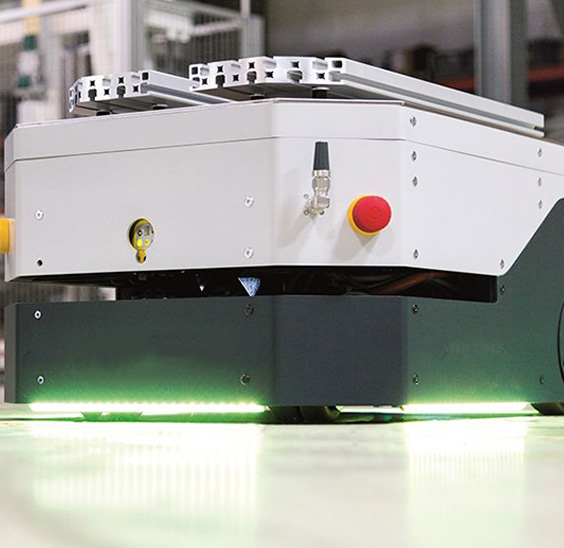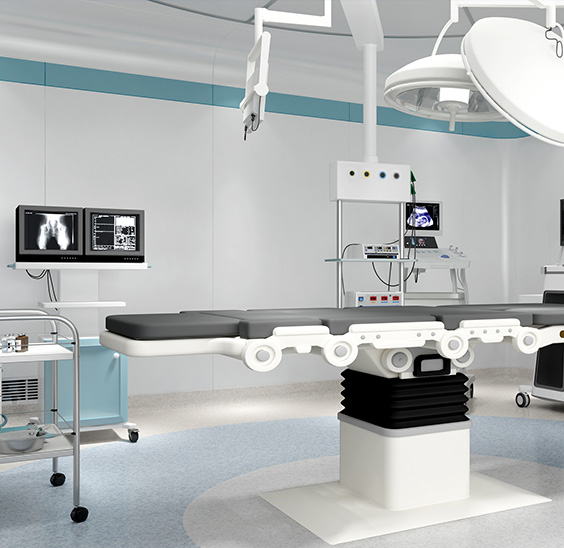Why do some brake chambers have spring-loaded designs?
In the field of commercial vehicle braking systems, Spring Brake Chamber has always occupied a key technical position. This design that combines mechanical springs with pneumatic drive is by no means a simple structural superposition, but the crystallization of engineers' wisdom in dealing with complex working conditions. This article will deeply analyze its design logic and technical advantages.
1. Physical law requirements for parking brakes
The parking brakes of commercial vehicles must follow irreversible physical laws: even in extreme conditions where the entire vehicle is powered off and the air is cut off, the braking system must still maintain reliable locking capabilities. Traditional pure pneumatic brake devices rely on continuous air pressure to maintain braking force, which has fundamental defects in parking scenarios.
The spring energy storage device provides a stable mechanical locking force through a preloaded coil spring (usually 60Si2MnA spring steel). Laboratory data shows that a standard size 30 spring brake chamber can store more than 1,500N·m of mechanical potential energy, and the thrust generated when fully released is sufficient to lock the transmission system of a 40-ton load vehicle.
2. Double safety redundancy for failure protection
The pneumatic brake system has potential risks such as air pipe rupture and loose joints. According to the accident statistics of NHTSA in the United States, about 12% of commercial vehicle brake failures are directly related to air pressure system leakage. The spring brake unit creatively constructs a dual-state mechanism of "the spring is compressed when the air pressure is normal, and the spring is released when the air pressure disappears":
Driving mode: 650-800kPa air pressure overcomes the spring elastic force to keep the brake open
Emergency mode: When the air pressure is lower than 450kPa, the spring releases the braking force according to the preset gradient
Parking mode: The manual control valve triggers the spring to be fully released
This passive safety design of "failure is braking" enables the vehicle to achieve progressive braking when the brake air pressure is accidentally lost, avoiding catastrophic accidents.
3. Engineering breakthrough of integrated design
The modern spring brake chamber adopts a modular design, integrating the service chamber (Service Chamber) and the spring brake chamber (Emergency Chamber) in the same shell. This structural innovation brings multiple advantages:
Space efficiency is improved by 40%, adapting to the compact layout of the vehicle chassis
The control accuracy of the push rod stroke reaches ±0.25mm
The overall weight is reduced by 28% compared with the split design
Interface standardization reduces the installation complexity by 75%
The EU ECE R13 certification test shows that the response speed of the integrated spring brake unit is 300ms faster than the traditional split system, and the braking distance can be shortened by 4.2 meters at a speed of 80km/h.
IV. Technical points of maintenance and maintenance
The reliability of the spring energy storage unit depends on regular maintenance:
Check the spring fatigue every 60,000 kilometers (magnetic particle flaw detection)
The spring assembly must be replaced when the working cycle exceeds 500,000 times
Low-temperature grease must be used when the ambient temperature is below -30℃
The replacement cycle of the seal does not exceed 2 years/200,000 kilometers
It is particularly important to note that the spring brake air chamber is strictly prohibited from being disassembled in a compressed state. The maintenance manual of the German MAN company clearly states that the ejection risk of improper disassembly operation is equivalent to 1.2kg TNT equivalent, and special clamps must be used for operation.
The spring energy storage brake chamber represents the best combination of mechanical safety and fluid control. From Bernoulli's equation to Hooke's law, this technology perfectly illustrates the creative application of basic physical principles in engineering practice. With the rapid development of autonomous driving technology, this mechanical safety device, which has been verified for half a century, is still an irreplaceable cornerstone in the safety system of commercial vehicles. With the advancement of new material technology, the third-generation silicon-chromium alloy spring has achieved a fatigue life breakthrough of 2 million times, and continues to escort global transportation safety.


 EN
EN  English
English Português
Português










